It’s hard watching our cats grow old; we want them to stay young and frisky forever. Believe me, they want to stay young and frisky forever, too. A cat depends heavily on having an agile body, quick reflexes, and sharp senses, and it can be distressing when they begin to decline. As caretakers and friends, it’s our job to make sure our cats are able to transition into this new stage of life easily. Here are 8 tips to make that transition as seamless as possible.
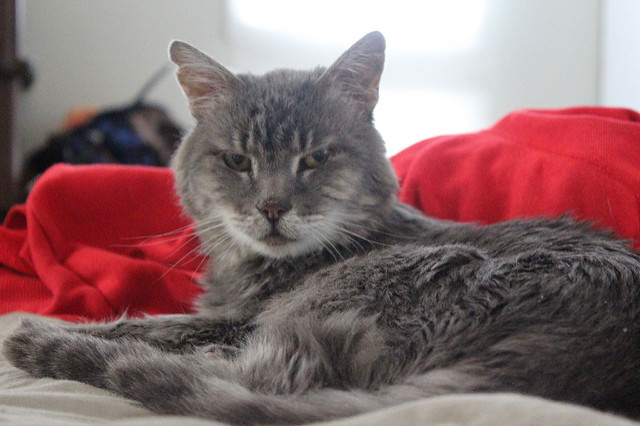
#1 – Keep resources close
As your cat gets older and less spry, she may have a hard time making it to other rooms in your home to access her litter box, food, or scratching post. This is an especially important thing to think about if your home has multiple floors. If your cat is having mobility problems, as many aging cats do, she may not be able to easily walk up or down a flight of stairs. This can cause your cat to have a lot of anxiety, and may even force her to have accidents if she can’t make it to the litter box in time. If you notice that your cat is having a hard time moving around without physical or emotional discomfort, make sure all of her resources (litter box, scratching post, toys, food, water, perch, etc.) are easily accessible.

#2 – Plug in night lights
Some cats experience vision loss (partial or complete) as they age. Not being able to see very well can disorient a cat who depends on her sharp vision to feel safe and find the resources she needs. Adding a few nightlights around your home can help your cat feel confident and safe as her vision starts to deteriorate. Place them where your cat spends most of her time, paying special attention to the areas where her important resources (litter box, food bowl, etc.) are kept.
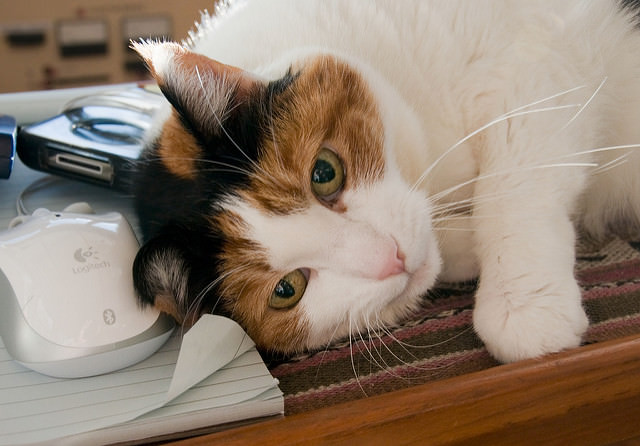
#3 – Add steps or ramps
Achy joints don’t have to keep your cat from spending time on your bed or her favorite window perch. Consider adding steps or ramps to her favorite places so she can easily and painlessly access them.
Here’s a great tutorial for building a DIY ramp.
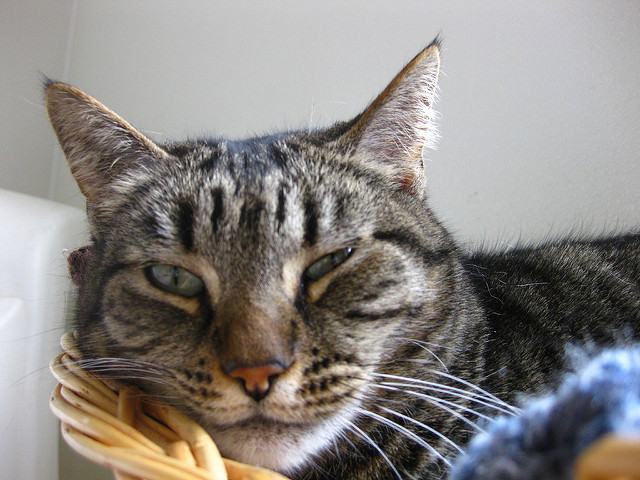
#4 – Consider a different litter box
If your cat is having a hard time easily making it in and out of the litter box, you may need to switch to a box with lower sides.

#5 – Schedule more frequent vet visits
Just like with humans, cats are more prone to developing health problems as they age. Since we see our cats every day, it can be hard to notice a problem that has been inching up very slowly. Your veterinarian will be able to compare results from your cat’s physical exam and tests to the results from your last visit. That comparison can highlight changes and inconsistencies that you may not have been aware of and may help catch problems before they get out of control.
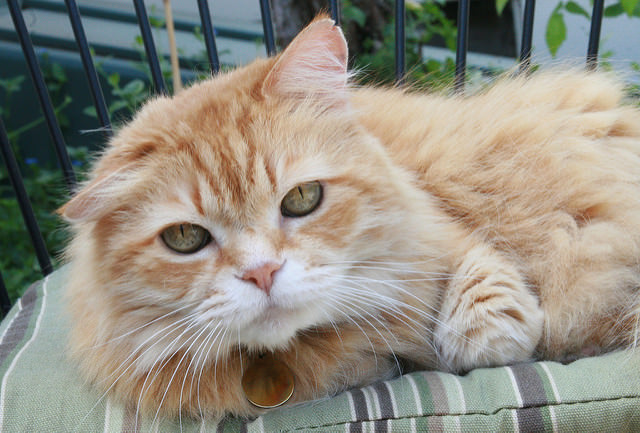
#6 – Consider a special diet
While you’re meeting with your veterinarian, ask about whether your cat’s current diet will still be the best option as she ages. Your veterinarian may suggest a particular type that has been specifically designed to meet the nutritional needs of a senior cat. A senior-specific food may also contain special supplements to help with concerns like achy joints and urinary tract health. Learn in our guide to the best senior cat foods.
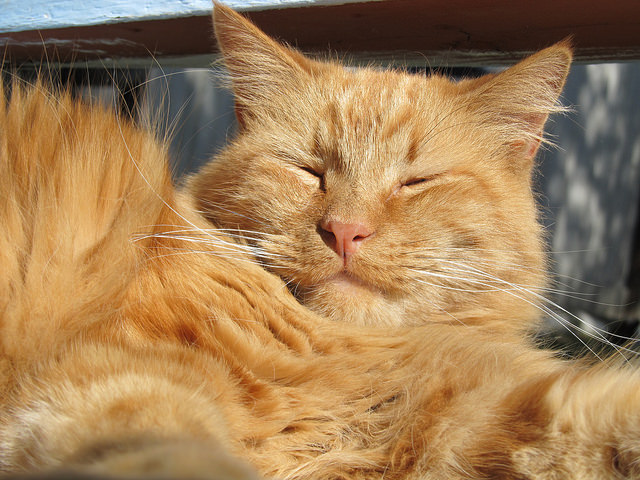
#7 – Create a safe space
Do you have young children? Other animals? If so, an elderly cat may feel anxious from being overstimulated. Make sure your cat has a place to hide out for some peace and quiet. Your cat may create this space for herself without your help, in a closet or under the bed, but you can preemptively create a space for her in any quiet area that doesn’t get a lot of foot traffic. Make sure the space has everything she needs to stay comfortable (easy access to a litter box, scratching post, bed, food, water, etc.).
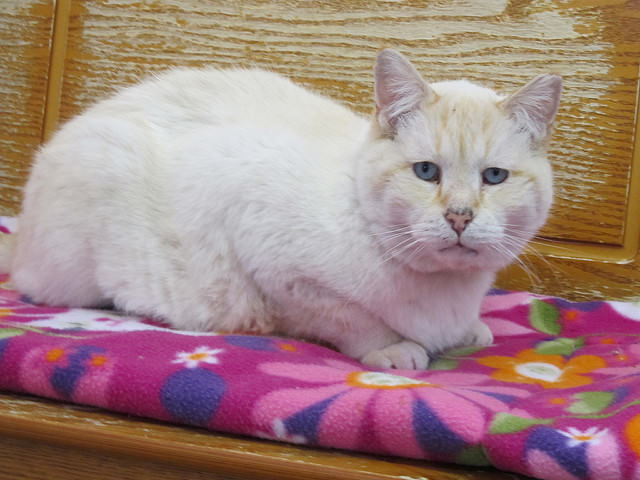
#8 – Give extra love
It can be disorienting and even depressing for your cat as she begins to become unfamiliar with her own body. Make sure to give your cat extra love and cuddles during the transition so she knows you’ll always be there to care for her.
